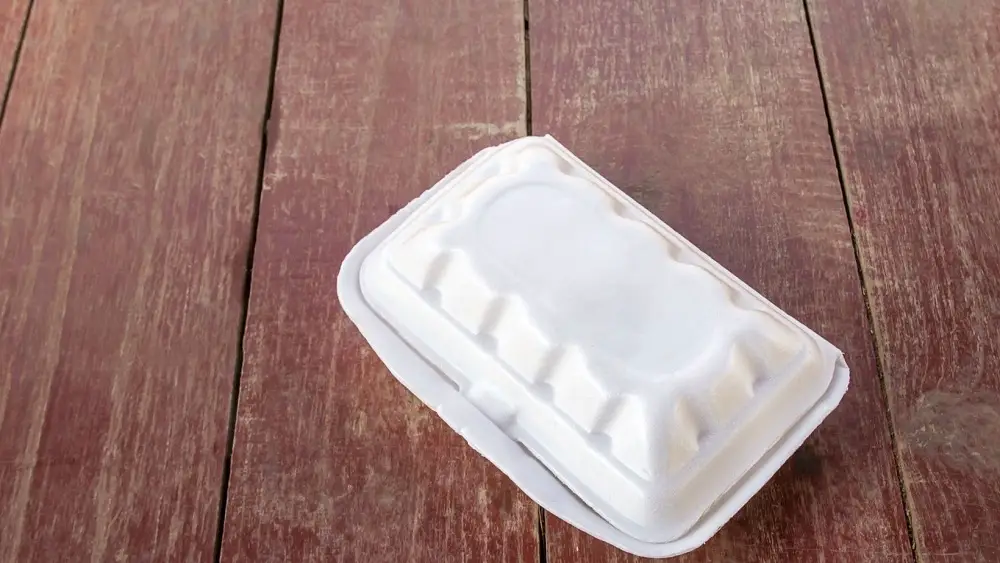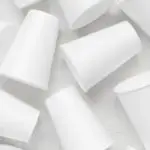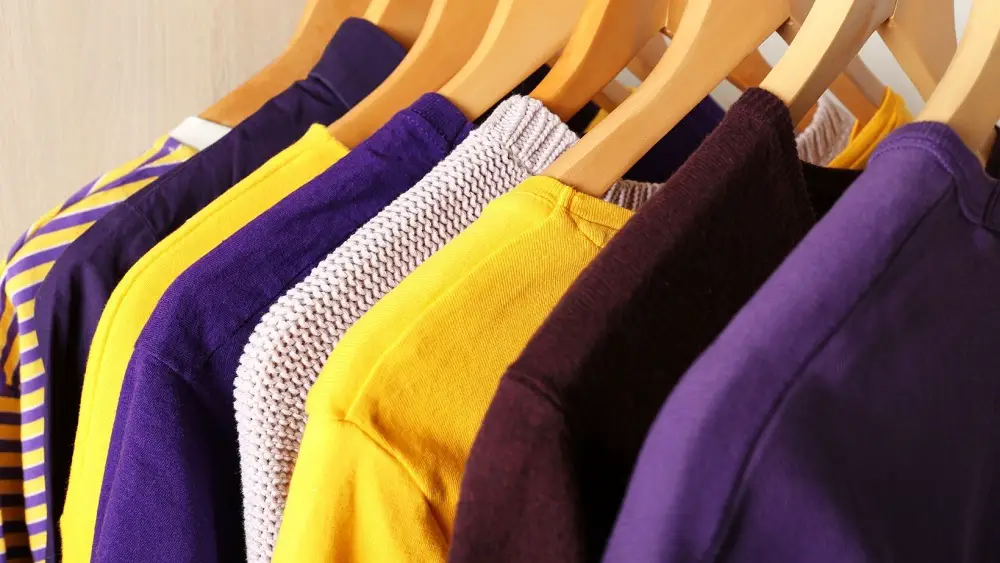Styrofoam is great for keeping coffee warm, but it’s also great for igniting political debate.
That’s because many of the same characteristics that make styrofoam beneficial to people and business also make it harmful to the environment and the planet as a whole.
In this article, we’ll take a closer look at styrofoam, how it’s made, why it’s bad and why we need to stop using it. Let’s dive in
What Is Styrofoam?
However, the term “styrofoam” is commonly used in the media and in dialogue to describe expanded polystyrene foam, which you might use in that throwaway coffee cup or as “peanuts” to wrap delicate items for transportation.
Expanded polystyrene, or EPS, is a term that certain ethical and legal purists prefer. Polystyrene is the generic term for a group of plastics that are used for a variety of purposes other than foam.
Polystyrene was originally introduced in 1839, and it was first made in the 1930s, then foamed in the 1940s, and finally sold as plastic cups in the 1960s.
Polystyrene is a plastic, which means it turns into a liquid when warmed and may be moulded, moulded, or blown.
Then it solidifies when chilled to room temperature again. This is why products can benefit from it. Polystyrene is often manufactured as tiny beads.
Heat softens the thick, hard beads, which are then enlarged using water and blasting agents to become considerably larger and far less dense beads.
The beads expand into skinned cells that are as small as 3% the weight of the initial bead, with the majority of the contents being gas. After that, the enlarged cells can be shaped and joined into usable shapes.
EPS has a lot of beneficial features when it is done. It insulates, or delays the transmission of heat. It is a shock absorber.
It acts as a barrier since it is not destroyed by ordinary liquids like water.
As a result, it could be useful for things like boiling hot cappuccino, picnic flasks, bike helmets, home insulating, storage containers, restaurant take-out containers, and egg cartons.
Why Is Styrofoam Bad?
Styrofoam is bad because it goes into the oceans and other areas of the ecosystem, and it stays there for a very long period. Furthermore, it disintegrates into its basic little cells, which drift away and can be eaten by surrounding marine animals.
A significant amount of styrofoam waste is disposed of in landfills. However, styrofoam is famously difficult to recycle, and most collection and recycling systems do not take it.
Styrofoam, on the other hand, isn’t really a healthy snack. If your child ingested a piece of it, it is unlikely to harm them as long as it passes through their system.
However, the styrene monomer used to make it is believed to cause cancer and other serious issues, and trace levels of styrene may seep into your hot drink.
Hazardous styrene and its equivalents leaks during manufacturing could also cause issues. It might not be a big deal if you only drink coffee once in a while.
However, some conditions lead polystyrene to degrade chemically, potentially releasing styrene. Polystyrene can also be broken down using solvents such as acetone nail varnish remover and petroleum.
Styrene particles, although tiny, were identified in 100% of human fat tissue samples tested in a 1986 investigation by the US Environmental Protection Agency.
The toxicity of styrene may be substantially higher in persons who are exposed to it at work or through air pollution. Styrofoam particles find their way into waterways, rivers, and oceans after being broken down.
Fish and other aquatic creatures may confuse them as food and eat them there. This is bad for the sea creatures, as well as the animals that eat them, which could eventually include people.
The Dangers of Styrofoam Waste

styrofoam takes up a lot of space. Keep in mind that it has already been enlarged 40 to 80 times its initial capacity as foam. Many landfills are running out of space.
According to one estimate, styrofoam might absorb up to 30% of the capacity in some sites. It takes a long time to decay in a landfill. Some estimates put the lifespan of styrofoam in landfills at roughly 500 years, while others say it’s much longer.
Of course, some styrofoam that is thrown does not end up in landfills. At least in the U.s, some estimate that percentage to be about 20%.
A lot of it ends up in the environment as garbage, and a lot of it winds up in the sea. It isn’t biodegradable.
It is a widespread belief that styrofoam cannot be recycled, which is technically incorrect. Indeed, it will be rejected by the overwhelming bulk of municipal recycling programmes.
However, there are a few places that will accept it. One explanation is that most styrofoam garbage is filthy and difficult to clean.
The contaminated garbage is too much for recycling companies to handle.
The fact that no one can earn money recycling styrofoam is a second key reason. This is where you must differentiate between styrofoam (EPS) and polystyrene.
Normal solid, unexpanded polystyrene is widely used in commercial applications; for instance, the yoghurt container in your fridge.
It will be marked with the triangle recyclable emblem and the number 6, which stands for polystyrene.
These should be cleaned and recycled. The majority of cities will accept them.
Final Thoughts
Reduced use of Styrofoam is the most effective strategy to reduce its manufacturing and environmental impact.
Look for products made from renewable resources, having biodegradable ingredients, and that can be easily recycled if you wish to make eco-friendly decisions to reduce the usage of Styrofoam.






